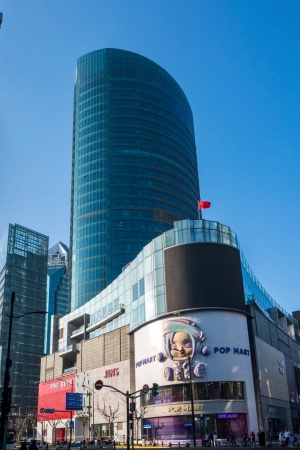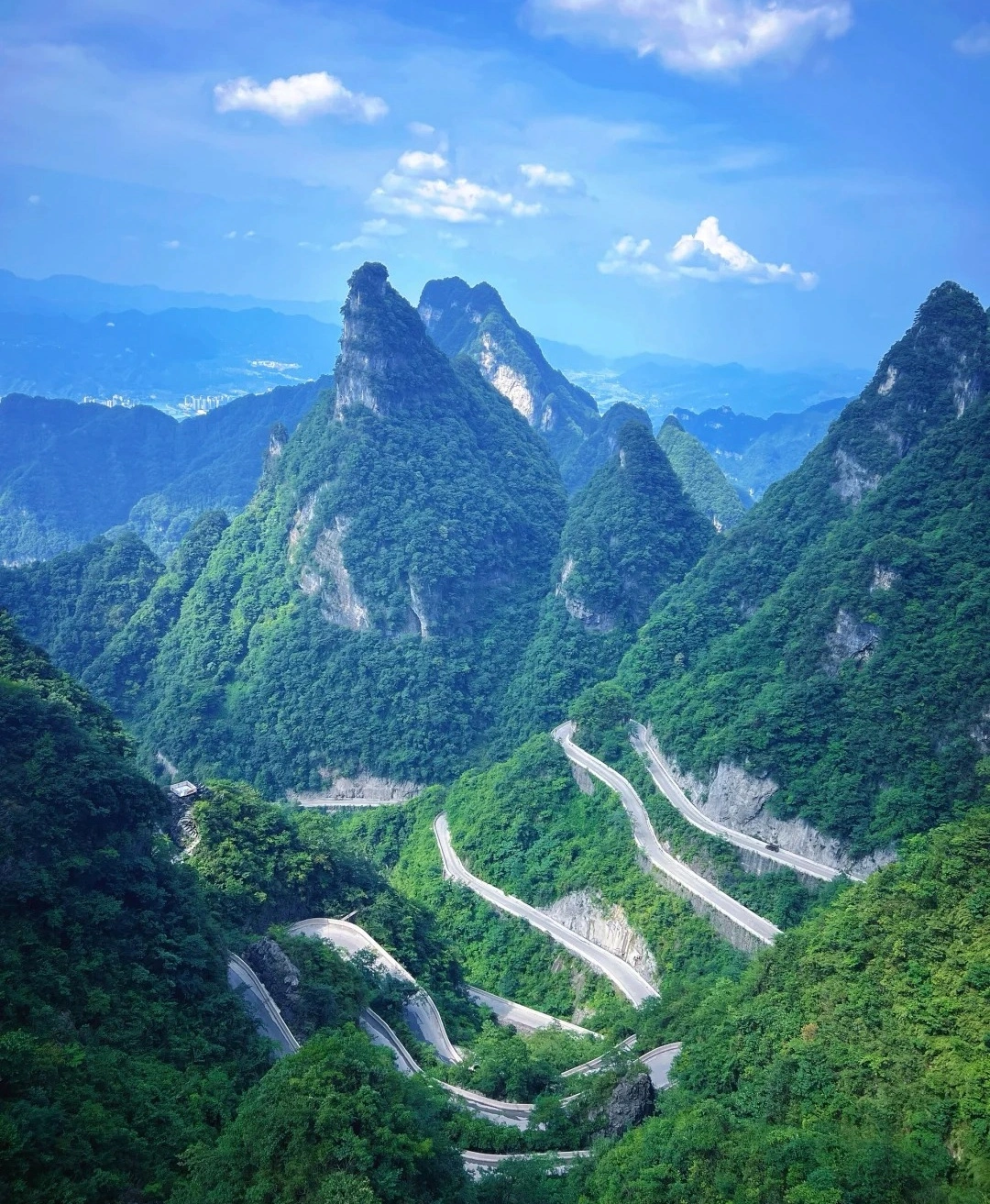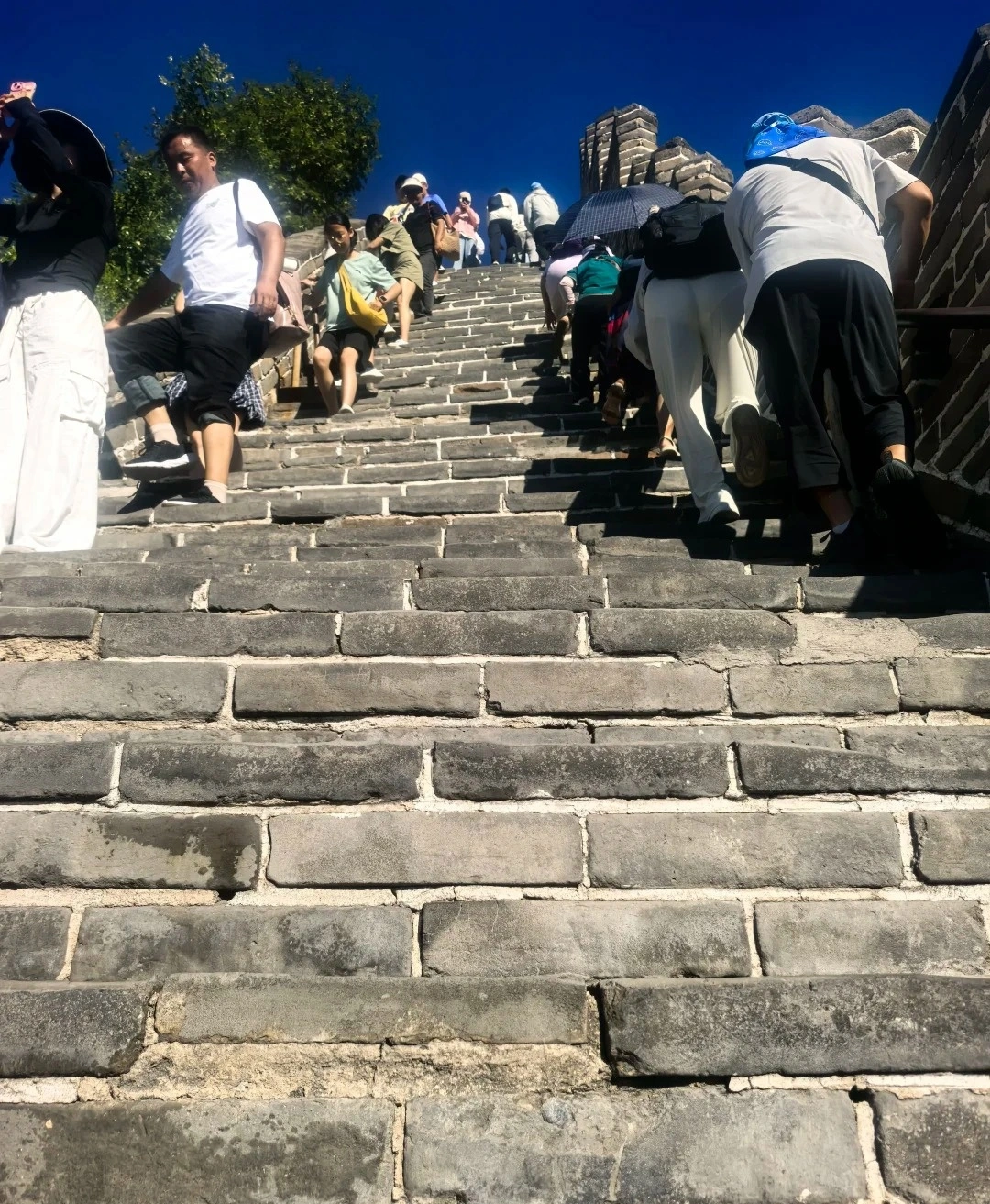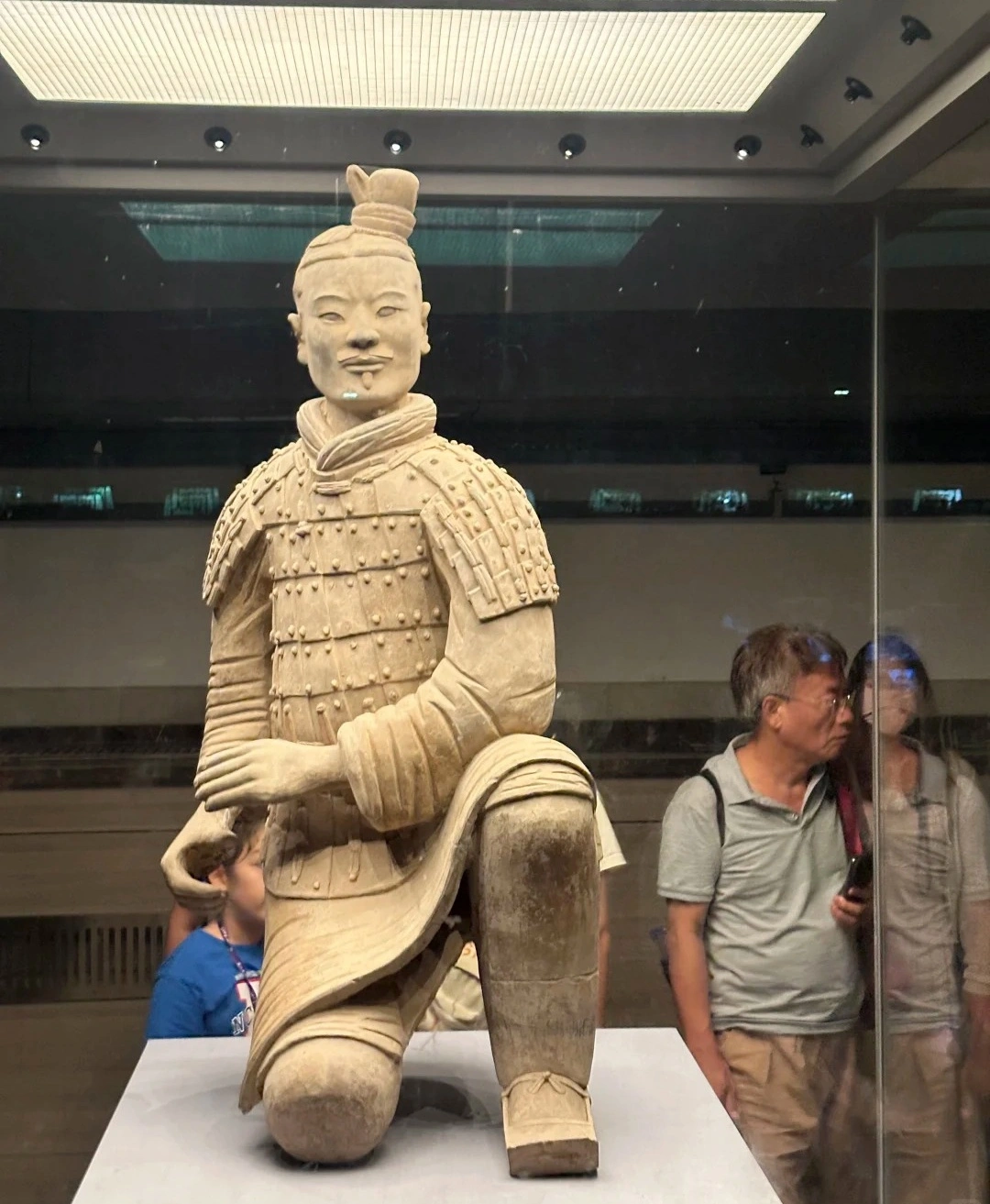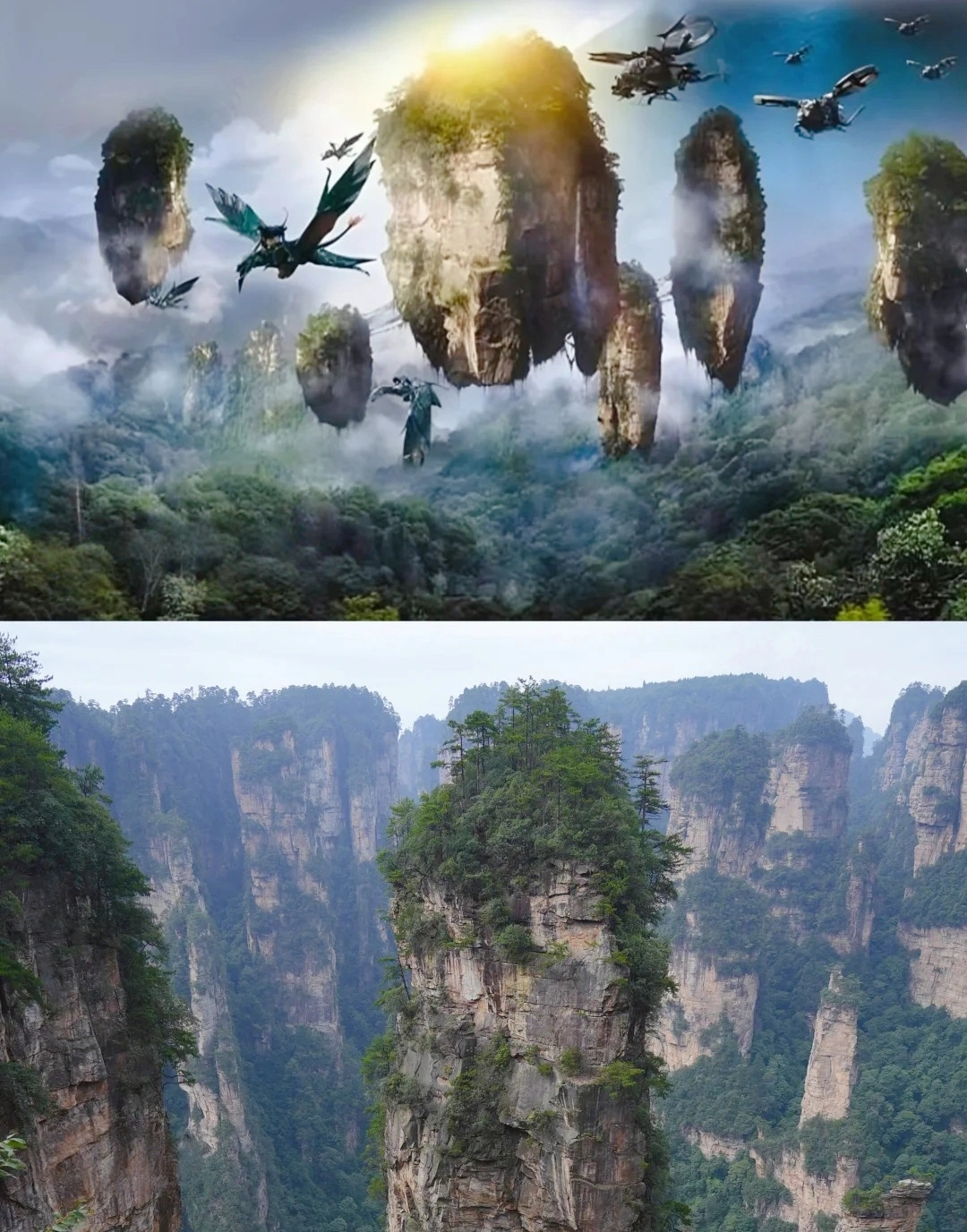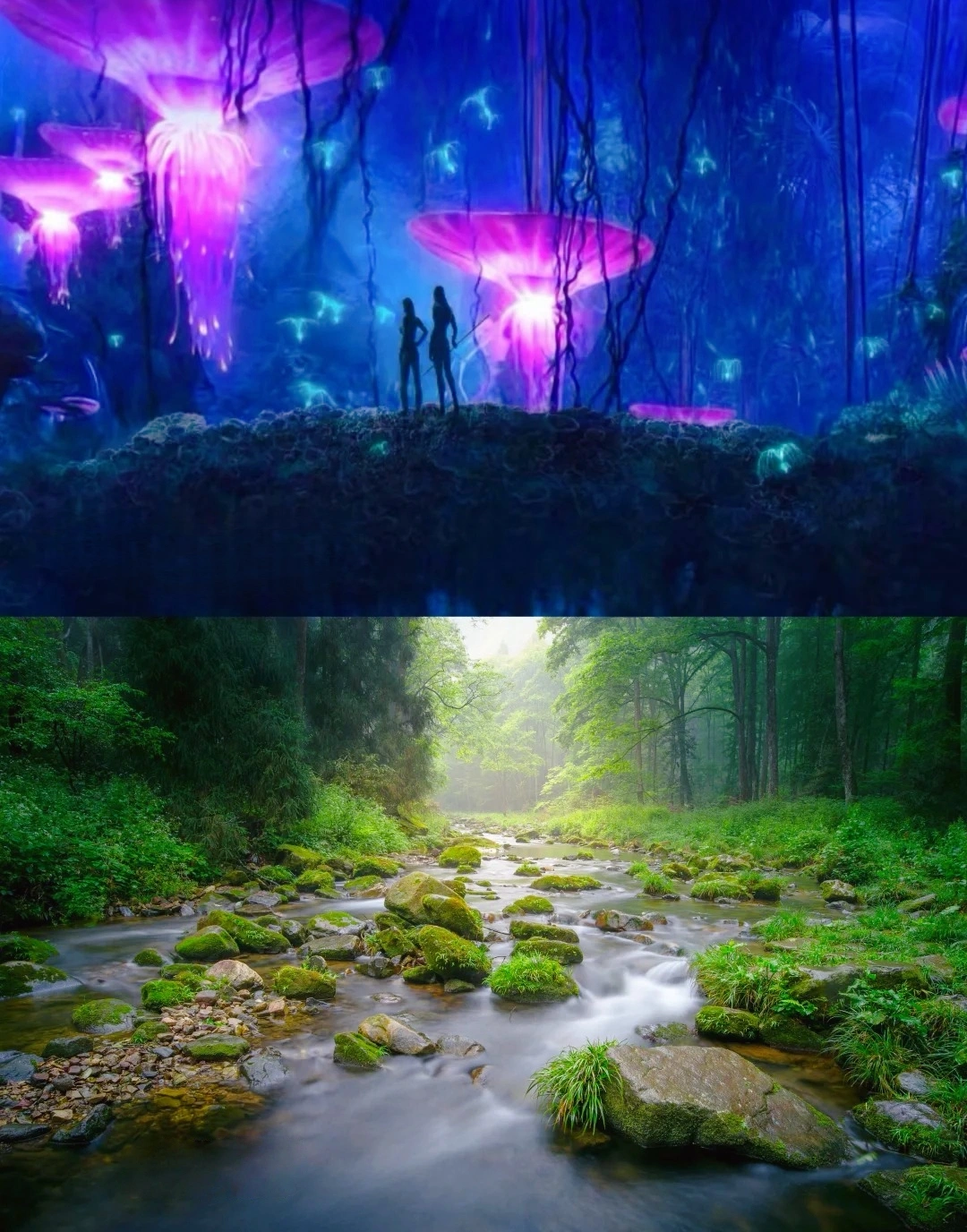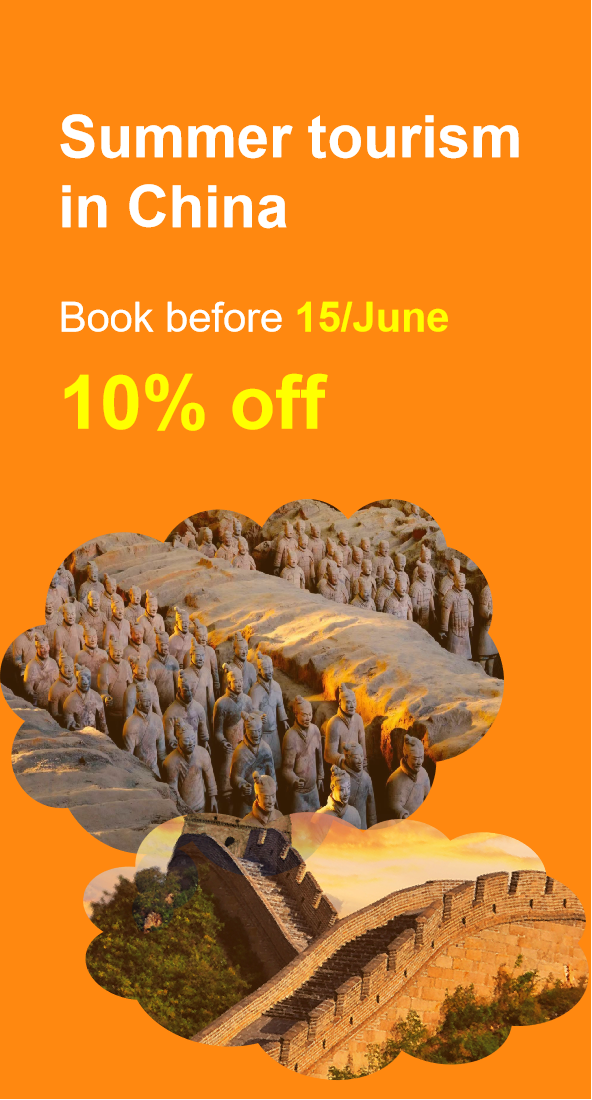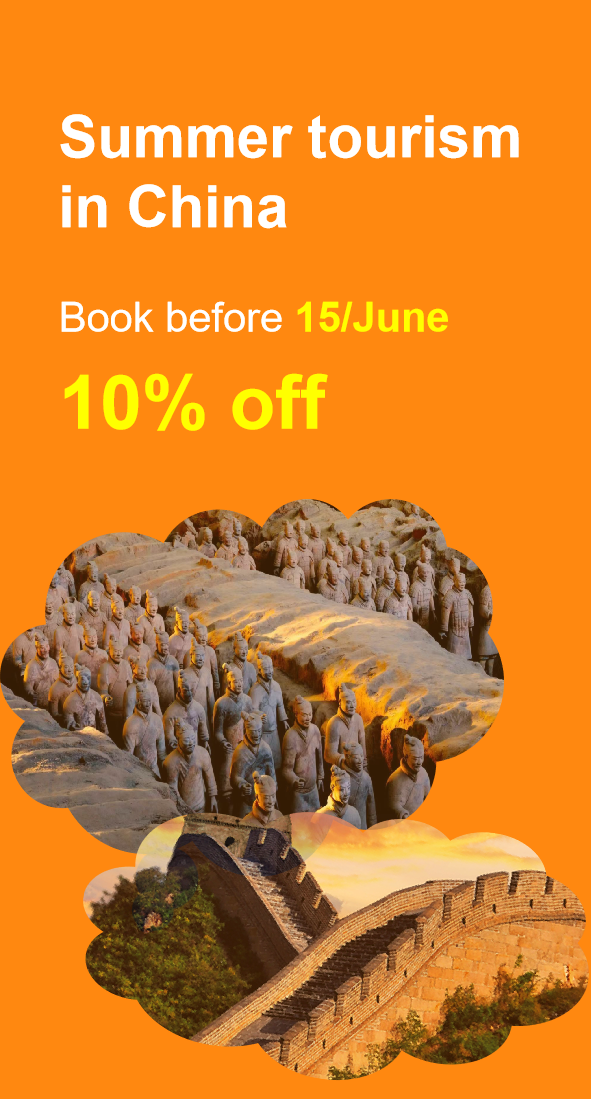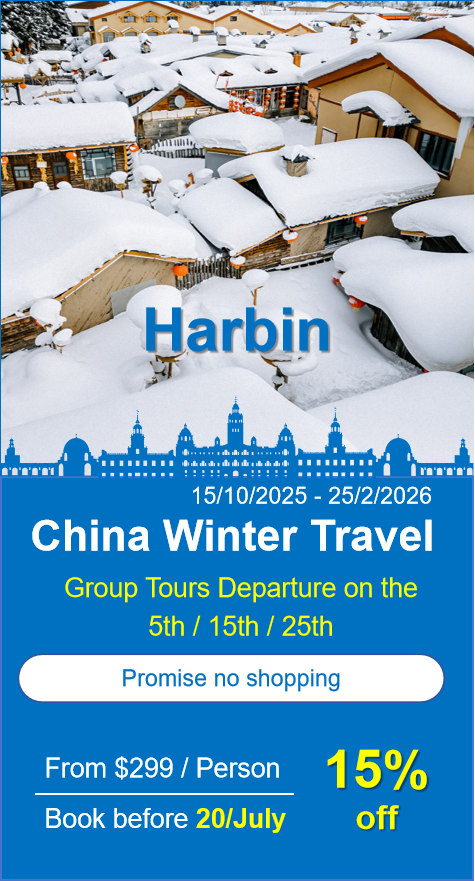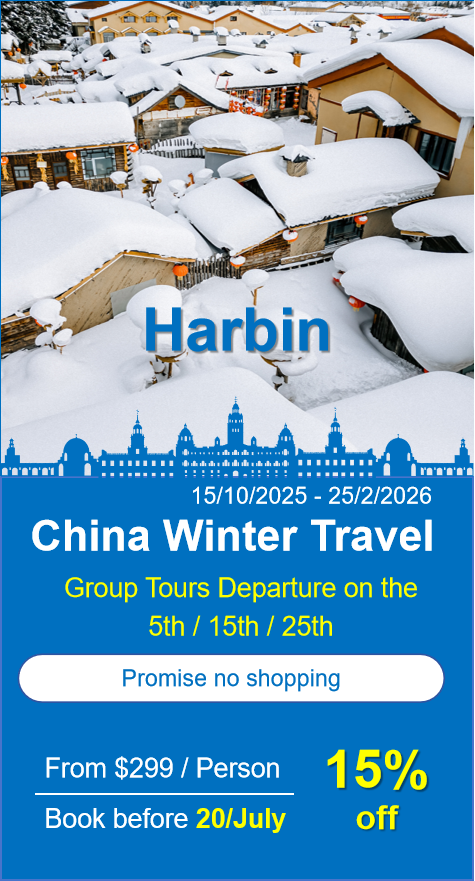Xinjiang Cuisine: A Fiery Fusion of Silk Road Spices, Nomadic Heritage, and Oasis Elegance
Xinjiang Cuisine, reflecting Uyghur and Central Asian influences, features grilled meats, naan breads, and dairy products. The Silk Road oasis towns like Kashgar and Turpan offer vibrant bazaars where tourists savor lamb kebabs and plov rice amid ancient caravanserais.
 Historical Background
Historical Background
Xinjiang cuisine, shaped by the Silk Road’s cross-cultural exchanges and the region’s arid yet fertile oases, reflects the harmony of Uyghur, Kazakh, Han, and Central Asian traditions. Its evolution was marked by:
- Ancient Roots: The Han Dynasty (206 BCE–220 CE) introduced wheat cultivation and noodles, while the Tang Dynasty (618–907 CE) brought Persian and Arab spices via the Silk Road.
- Nomadic Influence: Kazakh and Kyrgyz pastoralists contributed dairy-based dishes and lamb preparation techniques, such as kumis (fermented mare’s milk).
- Modern Globalization: The 20th century saw Xinjiang dishes like Lamb Skewers and Dapan Ji (Big Plate Chicken) gain nationwide fame, while Uyghur naan became a symbol of cultural pride.
 Regional Variations
Regional Variations
Xinjiang cuisine is divided into four major sub-styles, each reflecting local geography and ethnic heritage:
- Southern Xinjiang Style (南疆菜 Nánjiāng Cài):
- Focus: Uyghur flavors with lamb, raisins, and nuts. Techniques include 馕坑烤肉 (tandoor-style roasting) and polo (pilaf).
- Examples: Kashgar Lamb Pilaf, Hotan Date-Stuffed Naan.
- Northern Xinjiang Style (北疆菜 Běijiāng Cài):
- Emphasis: Kazakh nomadic traditions with dairy and mutton. Dishes often feature kumis and beshbarmak (boiled meat with noodles).
- Examples: Altay Horse Milk Cheese, Ili Kazan Mutton.
- Eastern Xinjiang Style (东疆菜 Dōngjiāng Cài):
- Characteristics: Han Chinese influences with wheat-based dishes and braised meats. Known for Hami Melon desserts and Turpan Grape wines.
- Examples: Turpan Grape Juice, Hami Melon Pudding.
- Western Xinjiang Style (西疆菜 Xījiāng Cài):
- Focus: Kyrgyz and Tajik flavors with mountain ingredients. Dishes often feature dried yogurt and wild herbs.
- Examples: Tashkurgan Dried Yogurt Soup, Kyrgyz-Style Fried Bread.
 Cultural Significance
Cultural Significance
Xinjiang cuisine embodies the resilience and multiculturalism of China’s western frontier:
- Dining Philosophy: “Měi wèi dōu shì lǐwù, měi dùn dōu shì jiāzú” (美味都是礼物,每顿都是家族, “every flavor is a gift, every meal is a family reunion”), prioritizing communal sharing and hospitality.
- Silk Road Legacy: Dishes like Kashgar Lamb Pilaf reflect the fusion of Persian saffron and local lamb, while Uyghur Naan symbolizes the region’s role as a crossroads of civilizations.
- Nomadic Heritage: Dairy products like kumis and qurt (dried yogurt balls) highlight pastoral traditions.
 Key Characteristics
Key Characteristics
- Flavor Profile:
- Spicy-aromatic (香辣 xiānglà) from cumin, chili, and Sichuan pepper.
- Milky-smooth (奶香 nǎixiāng) from yogurt, butter, and cheese in Kazakh dishes.
- Fruity-sweet (果香 guǒxiāng) from raisins, dates, and apricots in Uyghur desserts.
- Techniques:
- Tandoor-roasting (馕坑烤 nángkēng kǎo): Cooking meat in clay ovens for smoky depth.
- Pilaf-making (抓饭 zhuāfàn): Simmering rice with lamb, carrots, and raisins in a cast-iron pot.
- Fermenting (腌制 yānzhì): Making pickled vegetables and chili paste.
- Core Ingredients:
- Lamb, cumin, chili peppers, yogurt, raisins, wheat flour, and dried apricots.
 Signature Dishes
Signature Dishes
- Xinjiang Roasted Whole Lamb (新疆烤全羊 Xīnjiāng Kǎo Quányáng):
- Lamb marinated in cumin, salt, and paprika, then slow-roasted in a tandoor. Served with naan and pickled vegetables.
- Kashgar Lamb Pilaf (喀什抓饭 Kāshí Zhuāfàn):
- Fragrant rice cooked with lamb, carrots, raisins, and saffron, traditionally eaten by hand.
- Uyghur Naan (馕 Náng):
- Leavened flatbread baked in a tandoor, often stuffed with lamb, onions, or dates.
- Big Plate Chicken (大盘鸡 Dàpán Jī):
- Braised chicken with potatoes, bell peppers, and chili peppers, served on a large plate with noodles.
- Kazakh Beshbarmak ( Kazakh 五指肉 Kǎsàkè Wǔzhǐ Ròu):
- Boiled mutton served over hand-pulled noodles, topped with onion sauce and herbs.
 Notable Restaurants & Old Brands
Notable Restaurants & Old Brands
- Southern Xinjiang:
- Kashgar Old Town Restaurant (喀什老城餐厅 Kāshí Lǎochéng Cāntīng): Founded in 1920, renowned for Lamb Pilaf and Date-Stuffed Naan.
- Hotan Date House (和田枣园 Hétian Zǎoyuán): A 1950s establishment specializing in date-based desserts.
- Northern Xinjiang:
- Altay Nomad’s Kitchen (阿勒泰游牧厨房 Ālètài Yóumù Chúfáng): A yurt-style restaurant serving Kazakh Horse Milk Cheese and Kazan Mutton.
- Ili River Fish House (伊犁河鱼馆 Yīlí Hé Yú Guǎn): Famous for trout stewed in tomato and chili sauce.
- Eastern Xinjiang:
- Turpan Grape Valley (吐鲁番葡萄沟 Tǔlǔfān Pútáo Gōu): A vineyard restaurant offering grape juice and melon desserts.
 Cultural Heritage & Attractions
Cultural Heritage & Attractions
- UNESCO Intangible Cultural Heritage:
- Uyghur Muqam: A 1,000-year-old tradition of music, dance, and poetry, often accompanied by feasts featuring Lamb Pilaf and Naan.
- Kazakh Beshbarmak: Recognized in 2016 for its cultural significance in nomadic communities.
- Culinary Landmarks:
- Kashgar Sunday Market (喀什周日巴扎 Kāshí Zhōurì Bāzhā): A bustling bazaar where vendors sell Roasted Lamb Skewers and Stuffed Naan.
- Altay Mountains (阿尔泰山 Ā'ěrtài Shān): A source of wild herbs and mushrooms for Kazakh dishes.
- Turpan Flaming Mountains (吐鲁番火焰山 Tǔlǔfān Huǒyàn Shān): Inspires spicy dishes like Flaming Mountain Chicken.
 Modern Innovations
Modern Innovations
- Fusion Trends: Xinjiang-style lamb pizza, Kashgar Pilaf ramen, and Uyghur Naan ice cream cones.
- Sustainability: Organic farms in Turpan supplying grapes and melons to eco-conscious restaurants.
- Global Presence: Michelin-starred Xinjiang restaurants in Shanghai (Kashgar Old Town) and Paris (Le Xinjiang).
Xinjiang cuisine is a testament to the Silk Road’s enduring legacy—a culinary tradition that thrives on spice, hospitality, and the shared warmth of communal meals.
Contact Us
What Our Clients Say?
Based on 10,000+ traveler reviews
